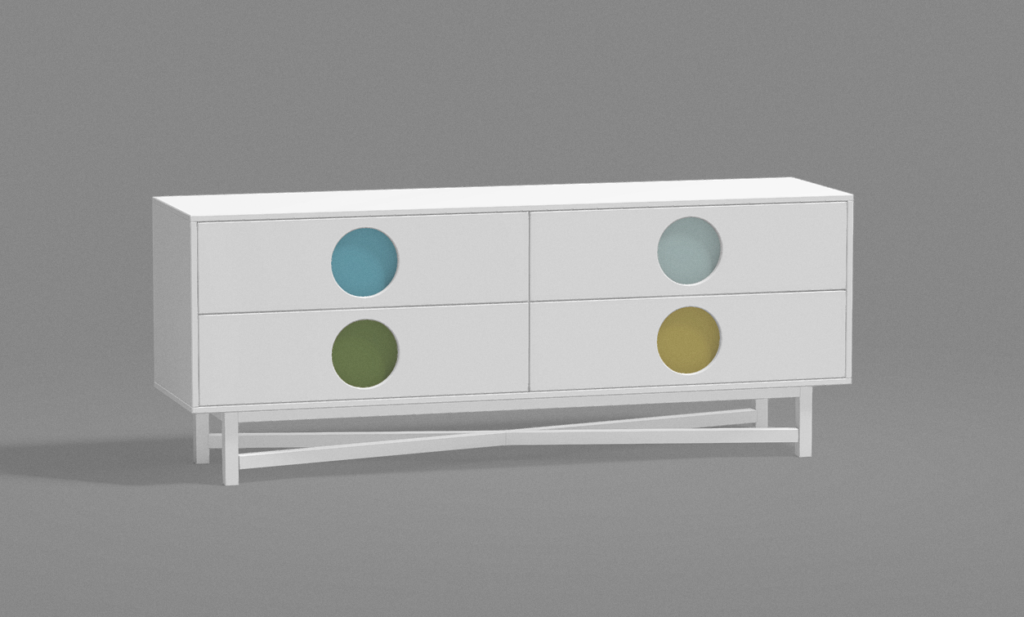In the ever-changing world of ecommerce and digital retail, the ability of visual represent products in a realistic way that is interactive has altered the game. In the furniture industry, the appearance, fit, and feel of the product are a key factor in determining the decision to purchase. Take the 3D product configurator, an innovative tool that is changing the way that customers buy furniture both online as well as in stores.

Rise of 3D Product Configurators
A 3D Product Configurator is an electronic product which lets users view and interact with the product in three dimensions. Contrary to static pictures, 3D configurators allow users to zoom in, rotate and customize their products in real-time. This technology has become increasingly popular in the furniture industry, providing a dynamic and engaging shopping experience.
Online furniture configuration tools enhance the customer experience
One of the most significant advantages of using a furniture configurator online is the enhanced customer experience it offers. Customers can view how furniture will look from any angle, customize colors as well as finishes, materials and colors and see how it will fit into the space they have created. This interactive experience makes shopping fun and assists customers in making better buying decision.
For example, Virtenzo’s 3-D furniture configurator enables customers to transform their online shopping experience with amazing 3D quality and custom options. This level of interaction helps bridge the gap between physical and online shopping by giving customers confidence in their shopping choices.
Inspiring more sales from E-commerce Interactive 3D Furniture Configurators
3D product configurators have significant effects on online sales. Studies have demonstrated that interactive 3D models can result in more conversion rates as well as lower return rates. People are more likely to purchase the product if they have a an understanding of the product.
A 3D configurator permits retailers to present a broad range of products without the need to photograph and design each one. This lets retailers showcase the wide variety of variations without having to make and photograph each one.
Immersive 3D configurators The Future of Furniture Shopping
As technology continues to improve and improve, the future of furniture shopping will be determined by immersive 3D configurators. These tools are likely to get even more advanced with features such as augmented reality (AR) and virtual reality (VR) to further enhance shopping.
Customers can utilize AR or VR on their smartphones to experience a product within the actual setting. The shopping experience is enhanced with these new technologies.
Implementing 3D Product Configurators: A Guide for Furniture Makers
Implementing a 3D configurator to help furniture manufacturers as well as retailers can be challenging. The benefits outweigh any issues. This is a step-by instruction on how to start:
Select the right platform Choose a 3D configurator which matches your needs and aligns with goals. Features like the ability to customize, integrate and scale are vital.
Digitize Your Products Design quality 3D models of your furniture pieces. This may require the hiring of professionals to ensure precision and accuracy.
Integrate Your Website With Yours Work with your web development team to integrate the configurator to your store online. It should be mobile-friendly for customers to use it on any device.
Make your experience more immersive with AR/VR. Add VR or AR to make it even more immersive.
Marketing Your New Tool: Promote your new 3D configurator via your marketing channels. Demonstrate the features and benefits of your new tool customers. Provide tutorials to show them how to use it.
The end of the article is:
3D configurators have revolutionized the furniture market. They give customers unparalleled experiences, and drive higher sales. These tools let customers personalize and interact with items in real time, which bridges the gap between online purchases and in-store purchases. This makes the shopping process more engaging and savvy. As technology advances, AR and VR integration can further alter the way we shop. Experiences that are immersive in shopping will soon be the normal. Furniture manufacturers and retailers need to adapt to this new technology in order to remain relevant in today’s digital age.